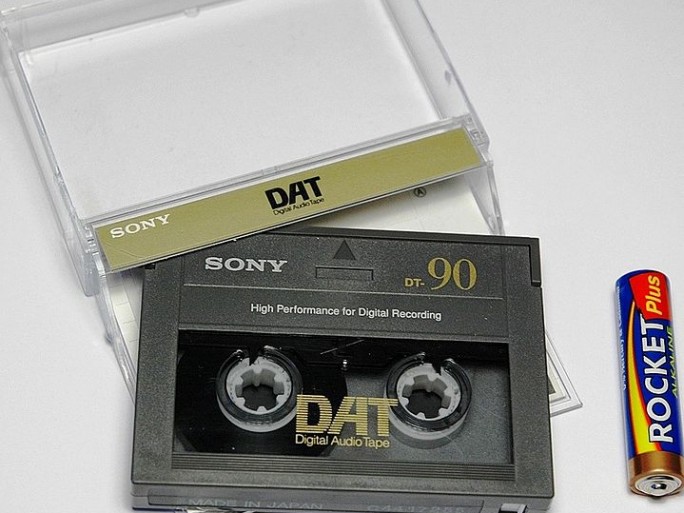Sony Magnetic Tape Technology Used To Create 185TB Cartridge

Sony tape tech claims to store 148GB per square inch
Sony says it has developed new magnetic tape technology capable of storing 74 times the amount of data of conventional tape, meaning that 185TB of data can be stored on a single cartridge.
The Japanese electronics giant says the new tape has the world’s highest areal recording density of 148GB per square inch and it will look to commercialise the technology as the expansion of cloud services and big data lead to a growing demand for storage.
Magnetic tapes with a coating of magnetic powder measuring tens of nanometers applied to the top of the film are currently considered the mainstream type of tape storage and boast an areal recording density of 2GB per square inch.
Sony tape storage
 Traditionally, the density of this type of film has been increased by decreasing the size of the magnetic particles in which data is stored, but Sony says further developments in such technology are becoming difficult.
Traditionally, the density of this type of film has been increased by decreasing the size of the magnetic particles in which data is stored, but Sony says further developments in such technology are becoming difficult.
Sony’s film uses sputter deposition, a kind of vacuum film forming technology that generates multiple layers of smaller crystal particles with a thickness of less than five nanometers. Previous attempts at using this technology have been thwarted because of the creation of non-uniform particles, but Sony’s method has made it possible to minimise disparities and create crystals with an average size of 7.7 nanometres.
The company is looking at developing this technology even further, raising the possibility that the record could be broken again in the not too distant future, and is showcasing its findings at the ongoing Intermag Europe 2014 international magnetics conference in Dresden, Germany.
Tape is capable of storing huge amounts of information but the lack of random access means it is predominantly limited to uses such as archiving.
Sony is working on a more practical storage format however. Earlier this year it was revealed that the company is working with Panasonic on the next-generation of optical discs, which should have a capacity of 300GB, with the potential to increase this to 500GB and 1TB in the future.